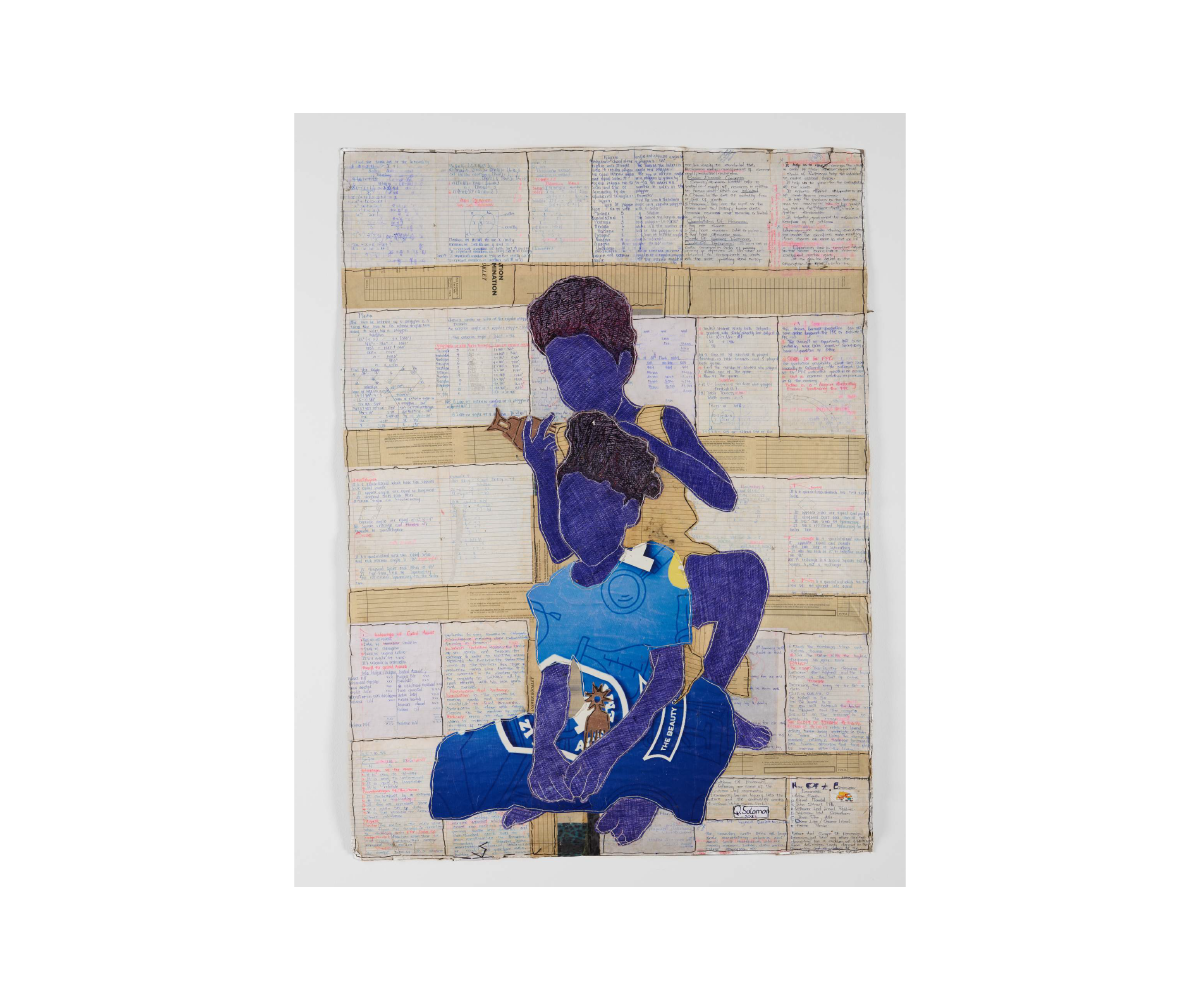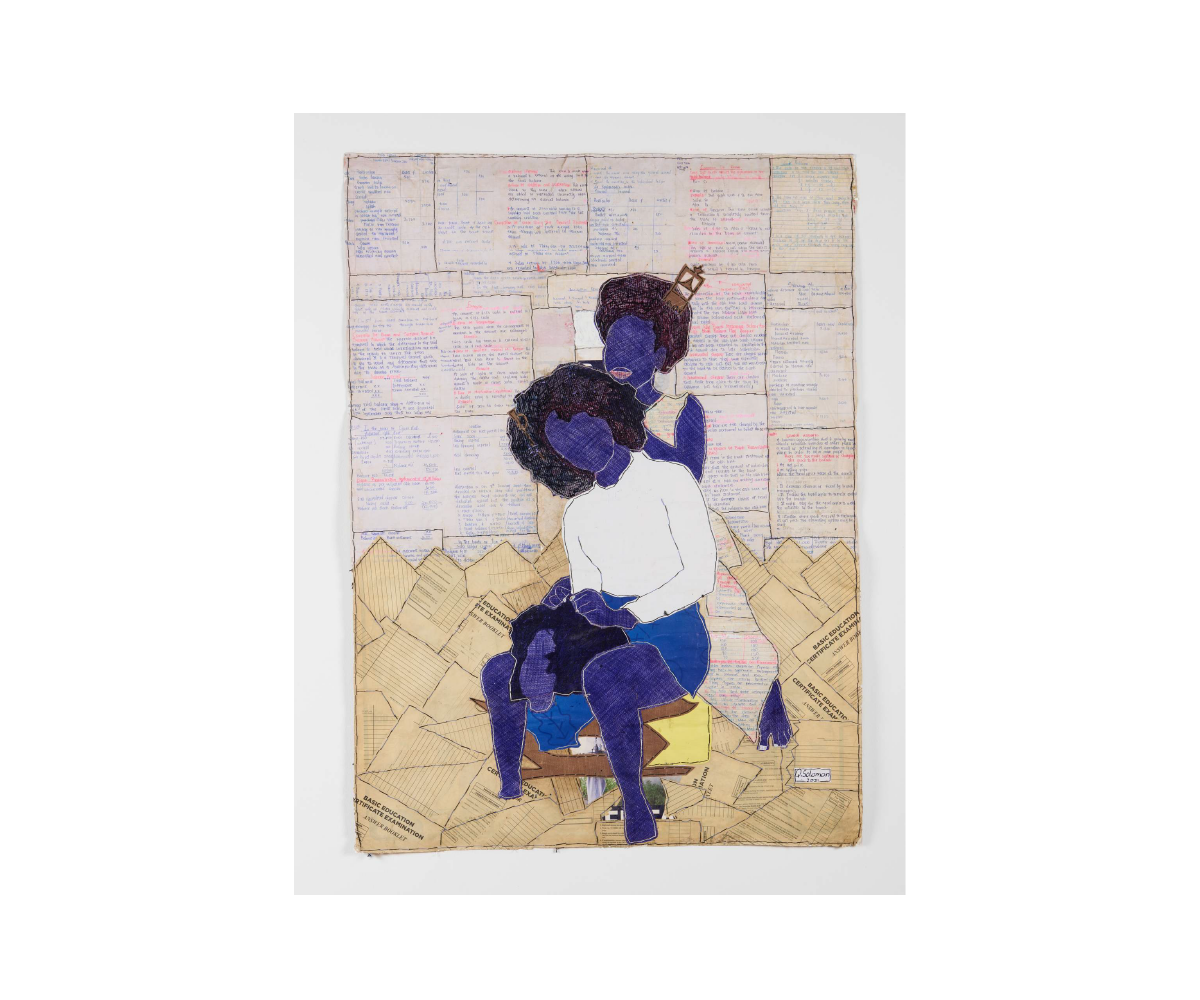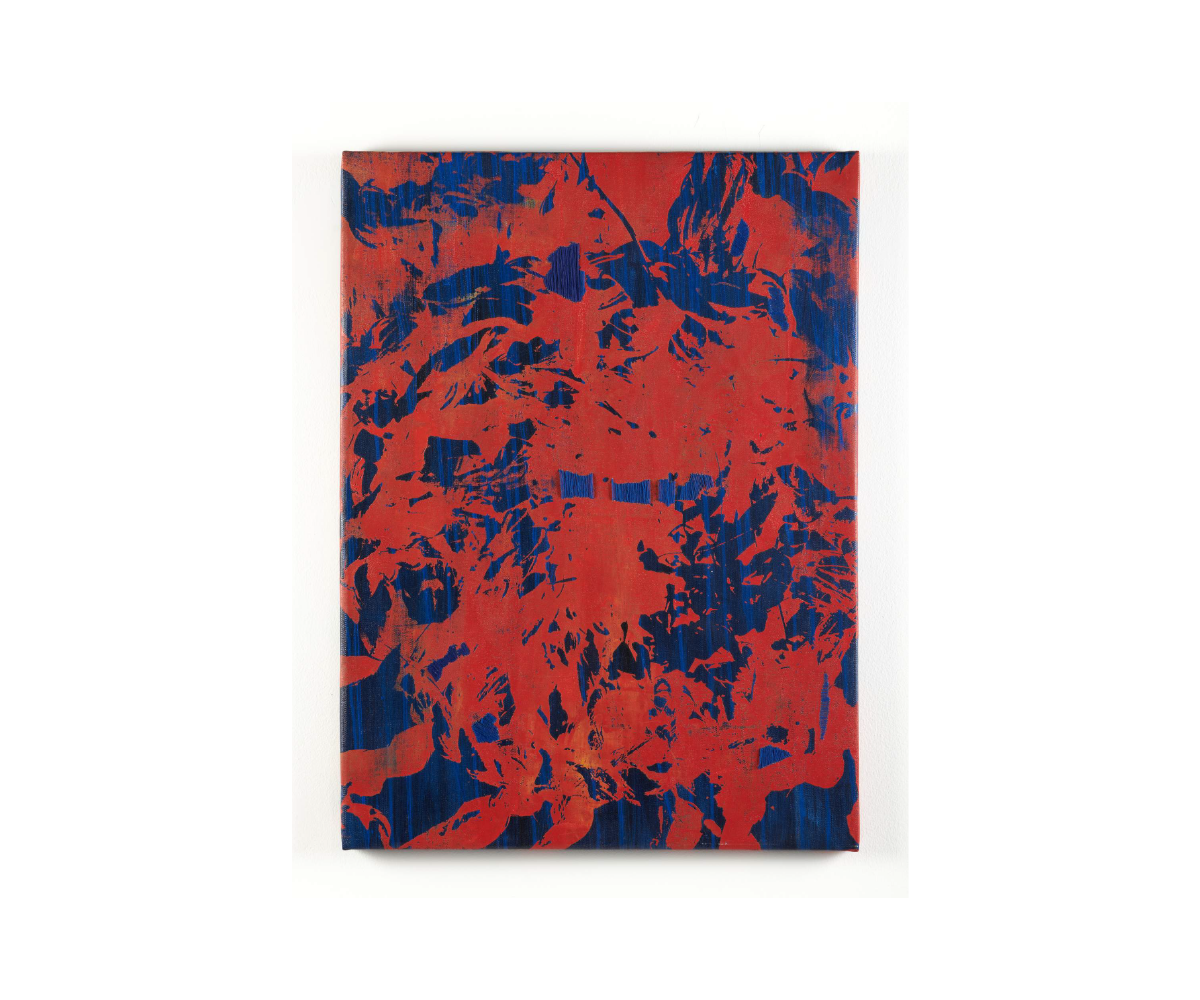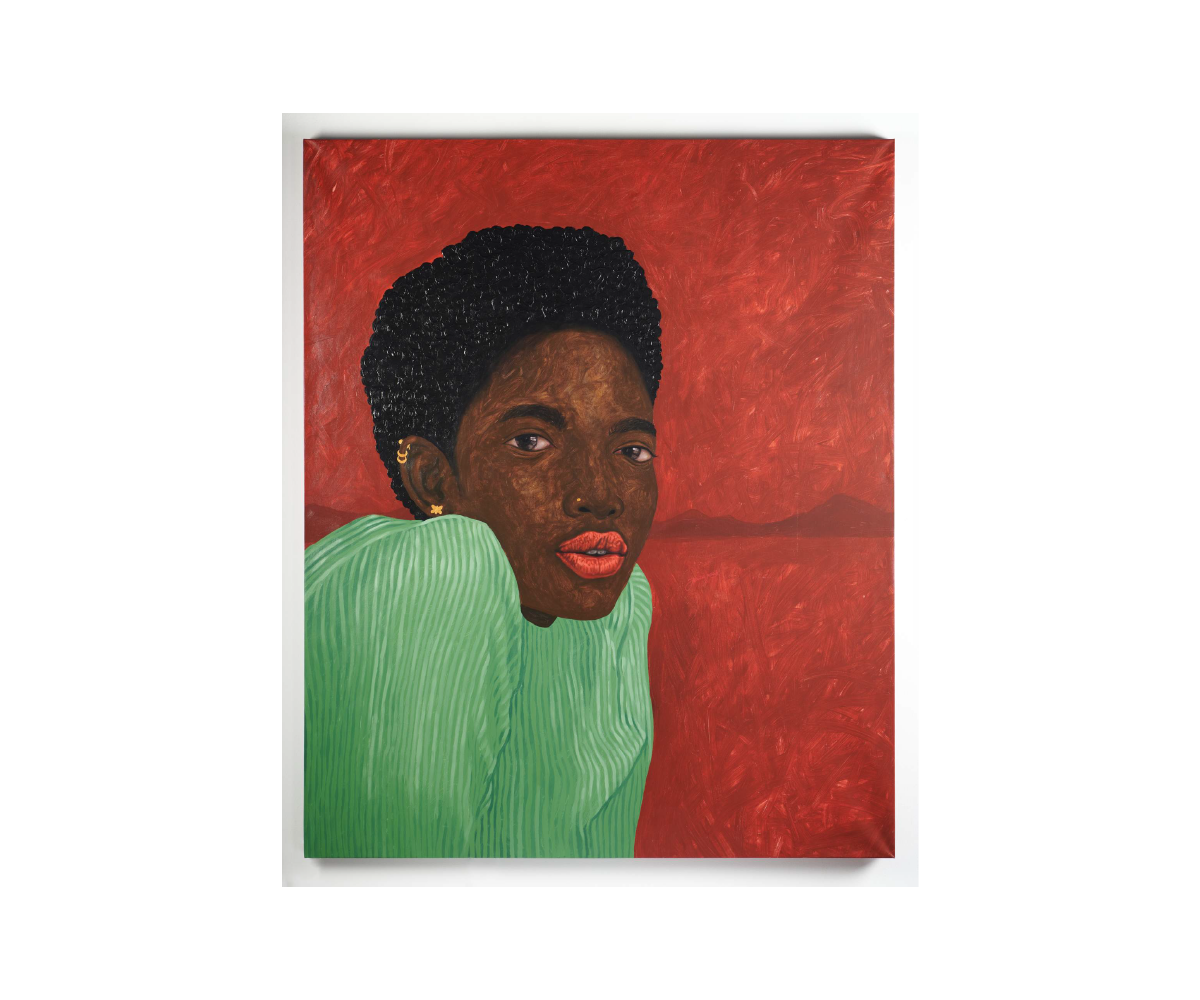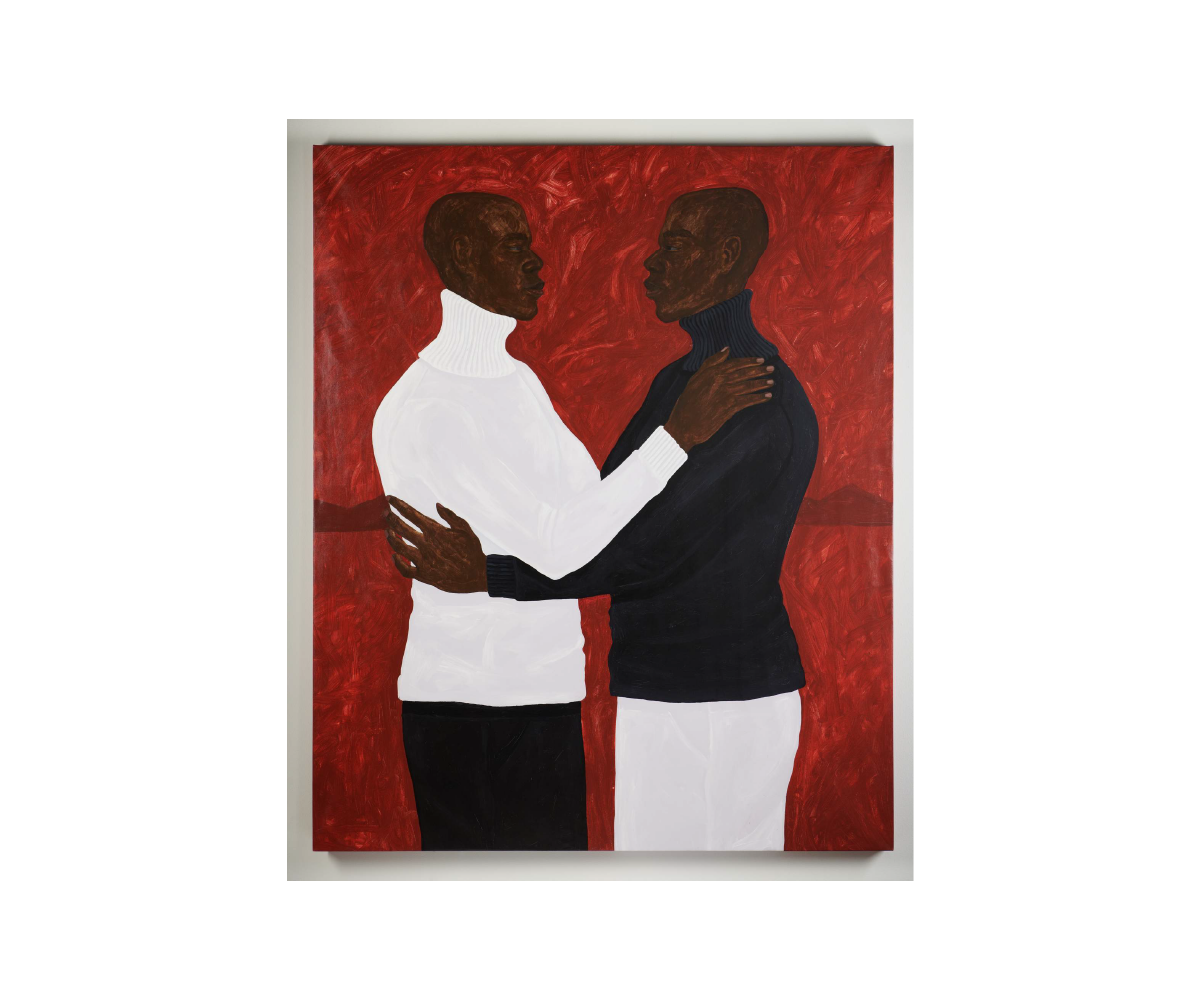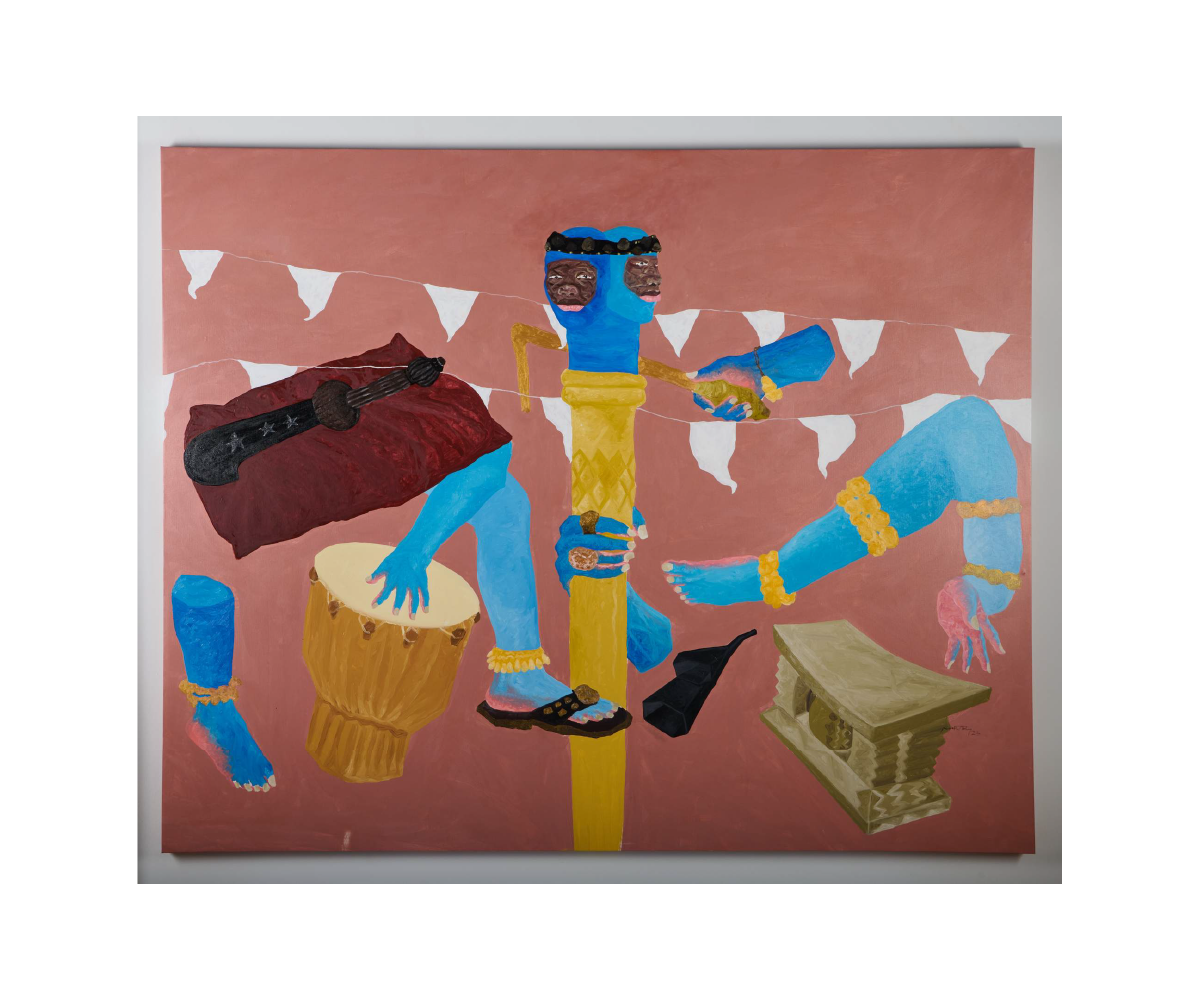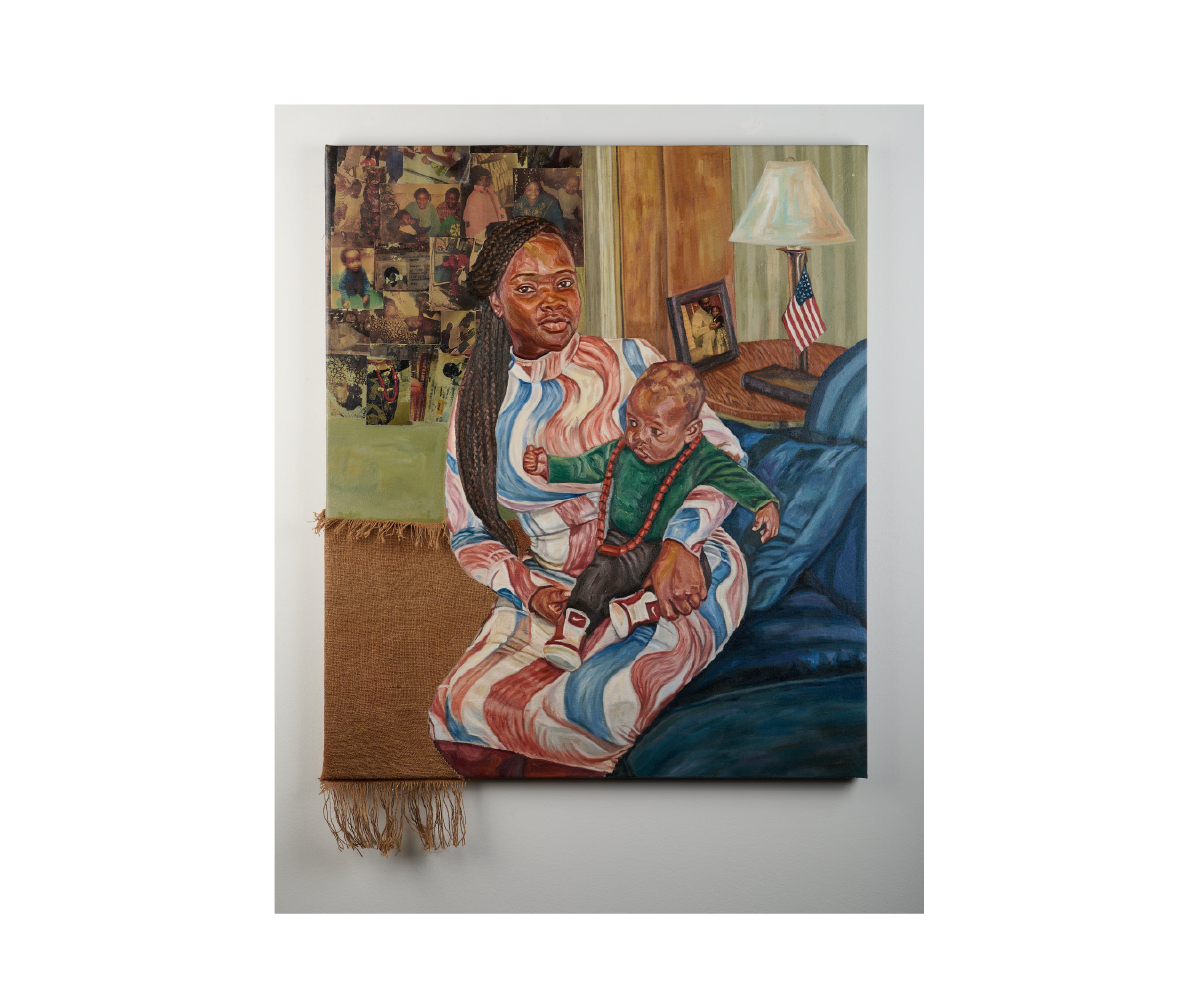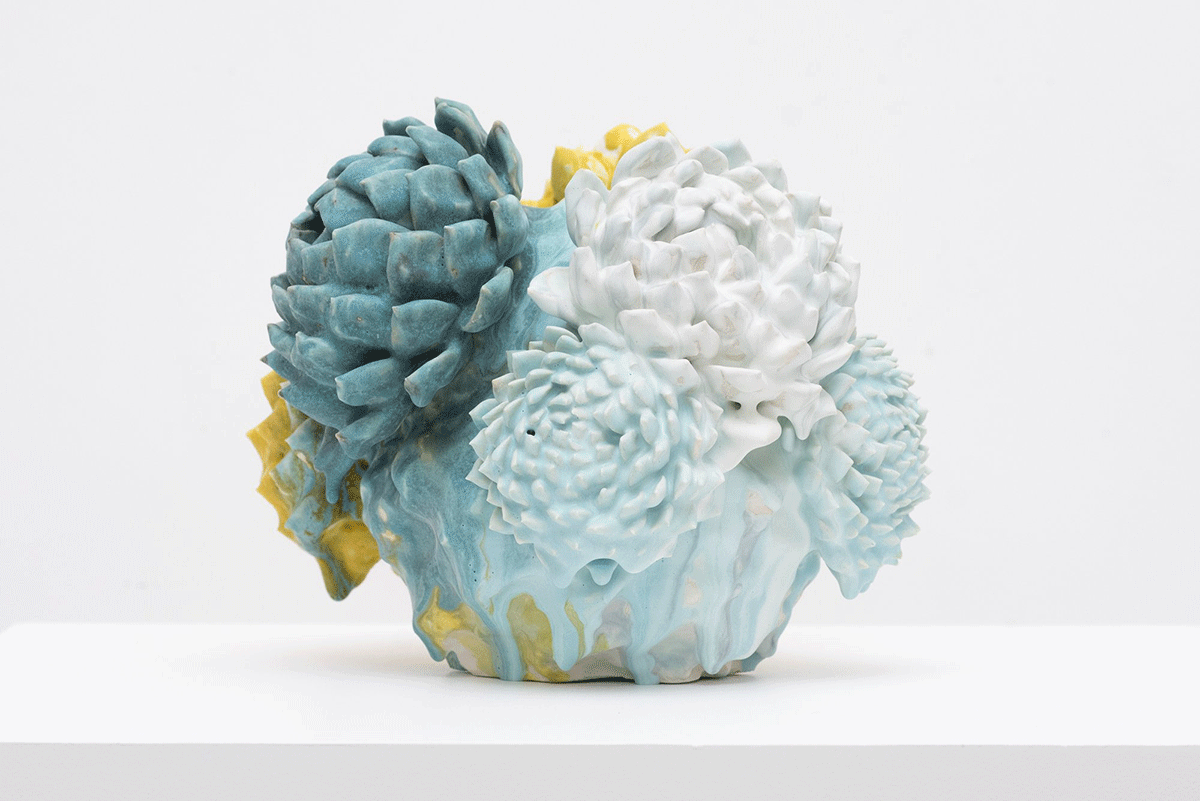
EXTENDED
September 13, 2024July 18 – August 30, 2024
Emerging Echoes from Ghana; Reflecting Stories of Identity and Growth
Solomon Adu, Theresah Ankomah, Jephthah Bentsil-Kobiah, Daniel Nartey, and Amina-Toure
Contemporary Art Matters is pleased to present Emerging Echoes from Ghana; Reflecting on Stories of Identity and Growth. This exhibition of recent paintings by artists from Ghana addresses themes that delve into the intricate descriptions of identity, heritage, and personal evolution. The artists offer insight into their own experiences by blending personal narratives with broader social themes to create works that resonate on a global scale. The exhibition will be on view from July 18 to August 30, 2024, with an opening Reception Thursday, July 18, from 5-7pm.
Artists Bios
Solomon Adu
Solomon Adu is a sustainable pen artist using discarded materials to create thought-provoking pieces. Born and raised in Ghana, Adu is apprenticed under Rufai Zakari. He reflects self and people’s daily life struggles in his art. He has been exhibited in the Beeler Gallery, Columbus, Ohio and the UAE National Day Celebration, the UAE Embassy, Ghana.
Theresah Ankomah
Theresah Ankomah is a multidisciplinary artist who lives and works in Accra, Ghana. Her artistic expressions manifest in the form of performative installations, sculpture, painting, weaving, fashion, and printmaking. Ankomah received her Bachelor of Fine Arts in sculpture from the Kwame Nkrumah University of Science and Technology in Ghana Her works have been in solo and group exhibitions with Urevbu Contemporary, Memphis, Tennessee, ADAContemporary Art Gallery, Accra, Ghana, McLennon Pen Co., Austin, Texas, Affinity gallery, Lagos, Nigeria, Savvy Contemporary, Berlin, Germany, Alpha Nova Gallery, Berlin, Germany, Nubuke Foundation, Accra, Ghana and Beeler Gallery, Columbus, Ohio. In 2017, Theresah was shortlisted for the Kuenyiehia Prize for Contemporary Ghanaian Art, Accra.
Jephthah Bentsil-Kobiah (WorldFaze Studios, Ghana)
Jephthah Aikins Bentsil-Kobiah is a Ghanaian multidisciplinary artist with WorldFaze Studios in Accra, Ghana. His works are inspired by the complexities of life, the vibrant cultural tapestry of Ghana, and the historical journey of black people. His mastery of acrylic and oil paintings, collages, meticulous washes, and vibrant use of color and detailing sparks conversations on sociopolitical issues, the lives of his community, and personal themes rooted in his experiences and convictions. Jephthah is a graduate of Ghanatta College of Art and Design. He has exhibited with McLennon Pen Co., Austin Texas and at Beeler Gallery, Columbus, Ohio.
Daniel Nartey (WorldFaze Studios, Ghana)
Daniel Tetteh Nartey also a WorldFaze Studios artist is Ghanaian pop-surrealist artist who juxtaposes the human body in fragments, incorporating heads, hands, and legs as recurring motifs that emphasize the multifaceted nature of human relationships and communalism. Nartey received his degree from Ghanatta College of Art and Design. His works have been exhibited in solo and group exhibitions at World Faze, Accra, Ghana, the Arushi Gallery, Los Angeles, CA., the GR Gallery, New York, New York, the Band of Vices in Los Angeles, CA, Christopher Moller, Cape Town, South Africa, Bill Brady Gallery, Miami, Fl., McLennon Pen Co., Austin, Texas and Beeler Gallery, Columbus, Ohio.
Amina-Toure
Toure is a figurative painter based in Columbus, Ohio and born in Ghana. Her work focuses on the experiences of immigrant communities. This includes the ways in which identity and traditions can evolve when a person relocates. Amina has exhibited with T293 Gallery, Rome, Italy, Ohio University Gallery, Athens, Ohio, McLennon Pen Co. Gallery, Austin, Texas and Beeler Gallery, Columbus, Ohio.
In the exhibition
Installation views
Emerging Echoes from Ghana; Reflecting Stories of Identity and Growth
Jephthah Bentsil-Kobiah is represented with a pair of large paintings, including Solitude. Solitude, a haven for her soul, paves way to self-recognition. Away from the noise of this world, she can dig inward, embracing the intricacies of her being with a newfound clarity. In this stillness, her hope blossoms, a realization that the answers she seeks lies within. Her solitude becomes a homecoming for her, a place where she can reconnect with her authentic self, shedding the layers of societal expectations. It is in this sacred space that her self-love takes root, nurtured by the understanding that she is enough, just as she is. Solitude, a gift of self-discovery, empowers us to navigate the complexities of life with grace and resilience.
Solomon Adu’s new series, Afro Braids, demonstrates his technique of drawing on a canvas of upcycling of found materials, including vinyl posters and found school examination books. The materials contribute to the narrative, which in this series focuses on hair braiding, a timeless tradition that transcends generations, cultures, and time. In many African cultures, hair braiding is a sacred practice that represents wisdom, strength, and beauty. The women and children in Adu’s artwork are not just braiding hair; they’re weaving stories, memories, and experiences. The hair braiding process represents the passing down of traditions, values, and history from one generation to the next. The adinkra symbol on the comb represents wisdom, strength, and resilience. Subjects in these pieces are rendered in a figurative style to emphasize their humanity and connection to the tradition. “I want the viewer to see themselves in these figures, to feel the sense of community and cultural heritage that hair braiding embodies. These works aim to celebrate and support the beauty of women, culture, the power of community, and the significance of sharing intergenerational knowledge.”
Amina-Toure is represented with a new painting titled Raising Africa, whose subject is a young African American woman with immigrant parents. Raised with African values, she faces the unique challenge of balancing her African heritage with her American identity. This internal struggle becomes even more profound as she seeks to transfer these values to her own child, ensuring that the richness of her cultural background is not lost in the process. In the painting, the young woman stands as a representation of strength and resilience, embodying the duality of her existence. The collage in the background offers a glimpse into her upbringing, filled with symbols and artifacts that speak to the African traditions and values instilled in her by her parents. This backdrop serves as a visual narrative of her past, highlighting the customs, stories, and practices that shaped her.
Theresah Ankomah is an interdisciplinary artist represented here with two abstract paintings including Asaase Akwan. Does Earth ever rest? This question is poignantly explored through the artwork, suggesting that the earth, much like a person, embarks on its own journey across countless paths, both visible and invisible. The earth’s continuous cycle of creation, sustenance, and regeneration is a journey within and beyond the realms we can comprehend. The vibrant colors and dynamic forms in the painting capture this perpetual motion and the earth’s ceaseless activity. The use of jute rope adds a tactile, organic element, reinforcing the connection to the earth’s natural fibers and the interwoven paths that sustain us. These paths represent the earth’s ability to provide, nurture, and sustain all forms of life, embodying its role as the ultimate life-giver.
Daniel Tetteh Nartey is a painter known for his surrealist style of figure painting, epitomized by the work Borga. In this painting, Nartey explores the fascinating dynamics of identity, cultural exchange, and the perception of modernity through the lens of a family member who embodies a blend of traditional and contemporary lifestyles. This piece centers on an uncle who lives overseas and returns home, bringing with him a fusion of foreign influences and local traditions. He perceives himself as a modernist among the rural backdrop of his homeland, creating a unique and sometimes complex interplay of cultures.
The exhibition explores how individual and collective identities continue to evolve, reflecting a dynamic interplay of tradition and modernity; encouraging viewers to reflect on their own journeys and the cultural forces that shape them. For inquiries, contact Rebecca Ibel or Cathy Williard at info@contemporaryartmatters.com or call 614-313-4360.
Concurrent In the Viewing Room:
Rufai Zakari: Souls That Once Lived
Coinciding is a presentation in the Viewing Room of a new series of works by Rufai Zakari created during the artist’s recent residency in Columbus, Ohio.

